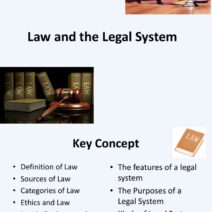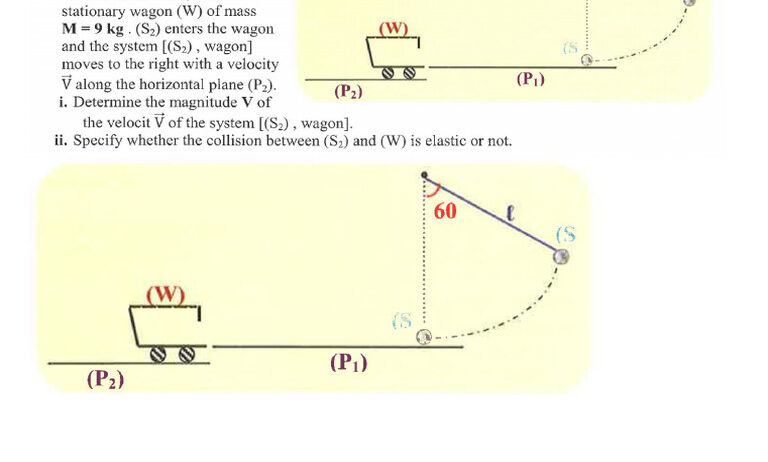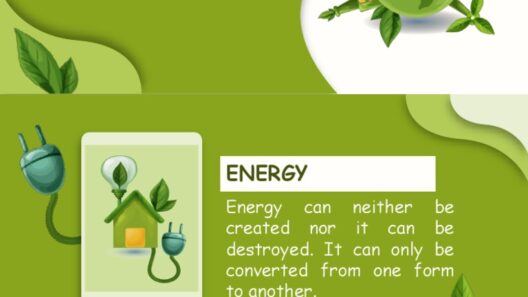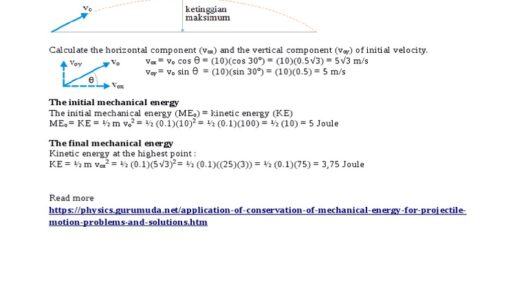What Does ‘U’ Mean in Conservation of Energy?
When pondering the intricate dance of energy conservation, one might stumble upon the term ‘U’—a seemingly simple letter infused with multifaceted meanings. It beckons the curious and challenges the knowledgeable to explore its significance within the broader framework of energy conservation. Have you ever wondered how such a humble symbol could encapsulate the essence of energy conservation while presenting a conundrum for those who seek to fully understand its implications?
Understanding the Basics of Energy Conservation
At the very foundation, energy conservation pertains to the principle of efficiency—utilizing our finite energy resources judiciously to mitigate waste. It translates to the universal tenet that energy cannot be created or destroyed; it can merely change forms. Yet, when ‘U’ enters the conversation, it signifies much more than mere principles; it ventures into the realm of technical definitions, formulas, and applications.
The Significance of ‘U’ in Thermodynamics
Within the domain of thermodynamics, ‘U’ typically represents internal energy—a crucial concept for understanding energy conservation in closed systems. Internal energy embodies the total energy contained within a system, encompassing kinetic and potential energies at the microscopic level. This interpretation emphasizes the transformations that occur when energy exchanges, adding layers to our understanding of energy dynamics.
In a thermodynamic context, the internal energy ‘U’ finds its relevance through the First Law of Thermodynamics, which eloquently states that the change in internal energy within a closed system is equal to the heat added to the system minus the work done by the system. It gives rise to numerous applications, ranging from heat engines to refrigerators, all of which embody the principles of energy conservation.
Deciphering the Mysteries of Internal Energy
What are some facets of internal energy that bolsters our comprehension of energy conservation? To begin with, internal energy is a function of temperature, volume, and the number of moles of the substance in question. Engaging with such parameters allows scientists and engineers to predict how variations in these factors can influence system performance, thereby optimizing energy utilization.
Consider, for instance, an everyday application: heating water. When heat is added to water, its internal energy—represented as ‘U’—increases, instigating a rise in temperature. This process exemplifies energy transition in a tangible manner, allowing individuals to observe firsthand the nuances of energy conservation. The question beckons: how can we harness this understanding in everyday life to not only conserve energy but also enhance efficiency?
The Calculate Equation: Internal Energy and Its Applications
To delve deeper into the numerical representation, the equation that governs the change in internal energy can be articulated as ΔU = Q – W, where ΔU signifies the change in internal energy, Q encapsulates heat added to the system, and W is the work executed by the system. This formula serves as a cornerstone, outlining how energy conservation is dynamically preserved through interactions and transformations.
As we operationalize this relationship, it becomes vital to consider practical scenarios. For instance, in industrial applications, understanding how to manipulate ‘U’ can translate to significant energy savings. By optimizing equipment to operate at ideal temperatures and pressures, industries can dramatically enhance their energy efficiency. The challenge arises—how might we implement such strategies across various sectors to maximize conservation efforts?
Extending ‘U’ Beyond Thermodynamics
Beyond the confines of thermodynamics, the letter ‘U’ can also signify the broader concept of utility in the context of energy conservation. The utility reflects the usefulness or value derived from energy consumption. Whether it’s in residential settings or large-scale enterprises, understanding how ‘U’ translates to utility can empower more mindful consumption patterns and impactful conservation initiatives.
This augmented perspective allows individuals to assess their energy choices critically. For example, one might ask, “How does my decision to use energy-efficient appliances translate to overall utility?” Herein lies an opportunity for improvement, where consumers can propel themselves toward reduced waste and increased sustainability.
Real-World Implications: The Power of Conservation
The implications of embracing ‘U’ in both its forms—internal energy and utility—exceed mere scientific exploration. They invoke powerful, actionable solutions in real-world scenarios. Educational campaigns geared towards illuminating the importance of energy conservation can harness this duality to foster community engagement and inspire behavioral change. Imagine, for instance, the effectiveness of a campaign that illustrates the tangible benefits of reducing energy waste, utilizing relatable metrics related to personal utility and comfort.
Conclusion: A Challenge for the Future
The significance of ‘U’ in the conservation of energy presents both opportunities and responsibilities. It invites inquiry into the mechanisms of internal energy while urging us to evaluate the utility of our energy consumption choices. As we stand on the precipice of a future relying heavily on sustainable practices, the challenge remains: How do we leverage our understanding of ‘U’ to shape a world committed to energy conservation?
The journey toward energy efficiency is replete with complexities—each one urging society to unravel the enigma meticulously and challenge the status quo. In understanding and embracing the symbols and concepts associated with energy conservation, we not only hone our awareness but also arm ourselves with the tools necessary to foster a sustainable future.








